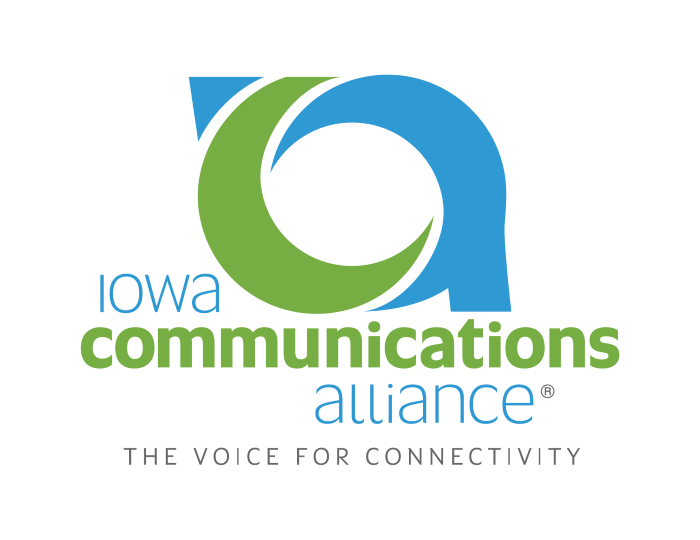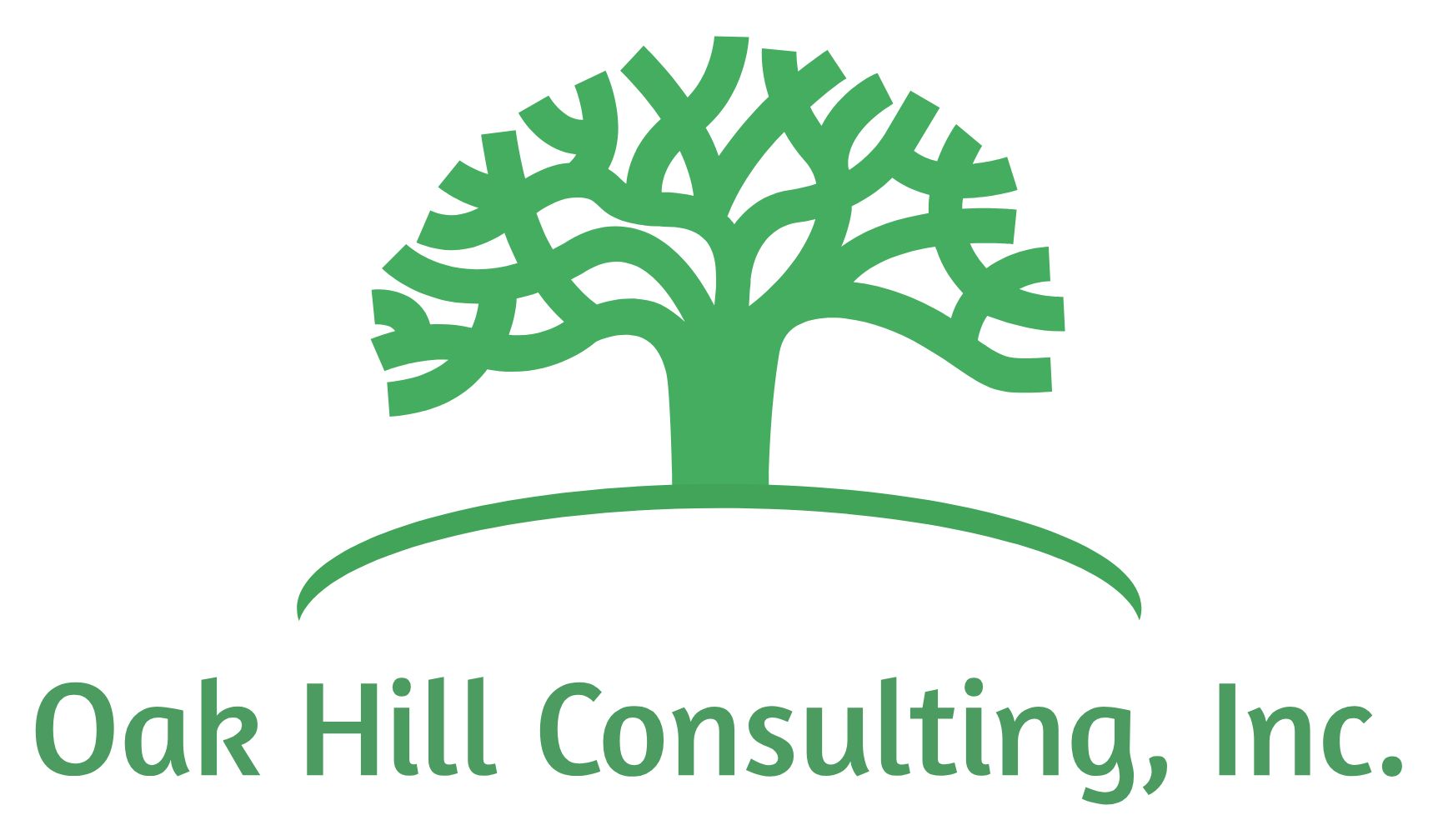The 4 hidden costs of poor customer experience for ISPs
Written by: RouteThis - Erin Penney
Original Blogpost Link
Every internet service provider (ISP) knows the importance of customer experience. It’s the measure of how happy your customers are with your company and your service. And it defines your overall success.
Exceptional customer experiences mean great things for your ISP. They mean happy customers—and happy customers mean higher chances for referrals, repeat purchases, and a willingness to pay more for the services you provide.
But poor customer experiences? They’re dangerously easy to deliver—and come with four detrimental costs.
The 4 costs of poor customer experience
Your customers’ time and effort
Your customers value their time—and they expect you to, too. And you do, of course. But unfortunately, when they call in with a problem with their home internet, they don’t always get that impression from their support experiences.
According to our research, the average customer will spend around two and a half hours trying to get a connectivity issue sorted out. In that time, they’ll have on average almost three separate interactions with your support organization—often across multiple channels.
That’s a lot of time and effort that they could be spending elsewhere, and you can bet they know it.
Your customers’ experience
As we alluded to in the previous section, today’s consumers have high expectations for support. They expect things to happen quickly—answers, investigations, resolutions. In fact, a third of customers get frustrated just for the fact that they’re on hold.
Another third say they get frustrated by having to repeat themselves to multiple agents.
So with those numbers in mind, you can imagine what it does to a customer’s experience having to wait 2.5 hours for a resolution and potentially repeating themselves to three different agents. And to make it worse, if the customer runs into this on a regular basis? Well, only one in five will forgive and forget.
Your prospect pool
Did you know that 90% of Americans consider a company’s customer service when they’re deciding whether to do business with that company? It’s true—and it means that they’ll look for insider information on your customer service before they ever talk to you.
And they’ll likely find the information they’re looking for, too. Studies have shown that one customer will tell up to 15 people about their experience with a company.
If your customer experience is great, you’ve got nothing to worry about. But even one poor customer experience can quickly turn expensive for your ISP—if just one customer shares, that could deflect up to 15 new prospects from your company.
Your bottom line
Perhaps the most painful hidden cost of poor customer experience is your ISP’s bottom line. This cost manifests in two stages: Customer churn, and customer acquisition.
According to this research, about 50% of customers report that they would switch companies after one bad experience. After two or more experiences, that number jumps to 80%. This turnover gets incredibly expensive in terms of lost revenue and lost upsell opportunities. In 2016 alone, the estimated cost of customer churn from poor experiences for U.S. companies was $1.6 trillion.
After that cost, there’s the cost of customer acquisition. You’ll need to bring in new customers to replace the ones who churn, just to maintain margins—and that’s without considering the ones you need for growth. According to this data from Invesp, it can be five times more expensive to attract new customers than it is to keep existing ones.
Now you know the costs. How do you avoid them?
The trick to avoiding these costs is keeping customers happy with the sort of experience they can’t get anywhere else. And the key to that experience is their in-home experience; everything that happens with their network within their home.
For most ISPs, the experience they provide ends at the modem. They’ve spent years developing their infrastructure to deliver speeds we couldn’t have imagined a decade ago, and theoretically, that should make for amazing customer experiences.
Realistically, though, these improvements—and the advent of WiFi—have set a precedent for high customer expectations. Even though the ISP has little control over what happens to a network within a customer’s home, customers expect ISPs to be able to resolve in-home issues quickly, effectively, and on the first call.
To meet and exceed these expectations, ISPs need to look beyond the modem and offer customers an in-home experience they won’t forget.

